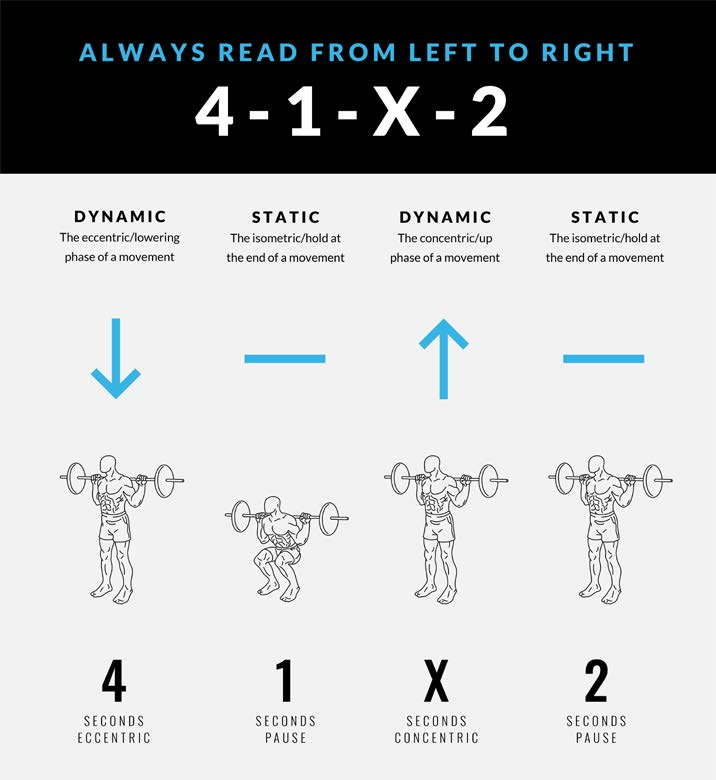
While easy aerobic training lays the groundwork for overall health and endurance, it’s equally crucial to explore the realm of tough aerobic training and its unique benefits.
Tough aerobic exercises, performed at higher intensities and shorter durations, push the body and mind to their limits, unlocking a host of advantages that elevate your fitness journey. In this blog, we will delve into the power of tough aerobic training and why it’s an essential component for those seeking to push their performance boundaries.
Defining Tough Aerobic Training
Tough aerobic training is training within OPEX the Maximum Aerobic Power (MAP) range of 5 to 2, commonly known as Zone 4 and 5, involves challenging interval exercises that gradually incorporate higher intensities as one becomes more aerobically fit. This training method challenges the cardiovascular, muscular, and respiratory systems through high-intensity yet sustained activity.
Boosting Cardiovascular Efficiency
At the core of tough aerobic training lies the ability to boost cardiovascular efficiency. By pushing your heart to pump more efficiently, this form of training increases stroke volume and cardiac output, leading to enhanced oxygen delivery to the muscles. As a result, your body becomes better equipped to sustain high-intensity activities, allowing you to take your fitness performance to new heights.
Enhancing VO2 Max and Longevity
One of the key metrics of aerobic fitness is VO2 max, which measures the maximum amount of oxygen your body can utilize during intense exercise. Engaging in tough aerobic training consistently can lead to significant improvements in VO2 max, positively impacting your overall longevity and health. Research has shown that regardless of age, aerobic capacity can always be improved through training, making it a powerful tool for promoting a healthier and longer life.
Challenging the Mind and Body
Tough aerobic training is not just about physical exertion; it’s also a mental challenge. Pushing your performance limits requires mental fortitude and focus. Embracing this aspect of tough aerobic exercises not only elevates your fitness but also enhances your mental resilience and determination in other areas of life.
Earning the Right to Go Tough
Before embracing tough aerobic training, it’s essential to earn the right to do so. This begins with building a solid foundation through easy aerobic training. When you can comfortably sustain 60 minutes of easy aerobic work, you’re ready to progress into the MAP continuum. Gradually transitioning from longer and slower intervals to shorter and faster ones ensures a safe and effective progression towards high-intensity aerobic conditioning.
While easy aerobic training provides a solid foundation, tough aerobic training takes your fitness journey to the next level. By embracing the challenge and pushing your body to new limits, you unlock the power of cardiovascular efficiency, improved VO2 max, and mental resilience. As with any intense training, it’s crucial to progress gradually and responsibly, ensuring that you’ve built the necessary endurance and capacity through easier forms of aerobic exercises. So, step out of your comfort zone, embrace the intensity, and witness the remarkable benefits of tough aerobic training as you reach new heights in your fitness journey.
Want to learn a simple approach to program design for all the body’s energy systems, including aerobic and anaerobic? Download our free guide, Program and Progress Energy Systems Training.
























